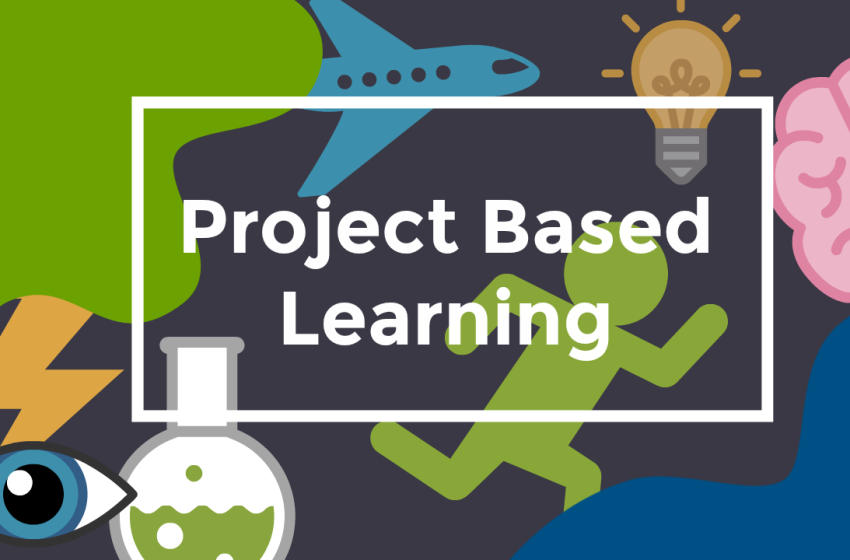Unveiling the Power of Project-Based Learning

Learning by Doing
Traditional classroom learning often emphasizes rote memorization and standardized testing. While these methods have their place, a more engaging and effective approach is emerging: project-based learning (PBL). PBL transforms classrooms into hubs of active learning, where students delve into real-world problems, collaborate with peers, and showcase their knowledge through tangible projects. Let’s explore the power of PBL and how it can revolutionize the educational experience.
Igniting Curiosity: Engaging Students in Meaningful Learning
PBL sparks curiosity by placing students at the center of their learning journey. Instead of passively receiving information, they actively engage with a project topic, asking questions, researching solutions, and applying their knowledge in a practical context.
Imagine a science class investigating the effects of climate change on local ecosystems. Students research, conduct experiments, and present their findings through a multimedia presentation. This project ignites their curiosity about environmental issues and fosters a deeper understanding of complex scientific concepts.
Building Essential Skills: Collaboration, Communication, and Critical Thinking
PBL fosters the development of essential 21st-century skills. Students collaborate with peers to plan, research, and execute their projects. They hone their communication skills by presenting their findings to the class or even a wider audience. Critical thinking takes center stage as students analyze problems, propose solutions, and adapt their approach based on new information.
Think about a group of students working together to design a model city focused on sustainability. They learn to delegate tasks, resolve conflicts, and effectively communicate their ideas. This collaborative project equips them with skills invaluable for success in future academic and professional endeavors.
Embracing Creativity and Innovation: A Platform for Student Expression
PBL unlocks the power of creativity and innovation. Students have the freedom to explore different approaches to their projects, utilizing their unique talents and interests. This fosters a sense of ownership and empowers them to express their understanding in creative ways, such as building prototypes, writing scripts, or creating multimedia presentations.
Imagine an art history class where students research a specific artistic movement and then create their own artwork inspired by that style. This project allows them to express their understanding of the movement through a creative lens, while also honing their artistic skills.
Relevance in the Real World: Connecting Learning to Life
PBL bridges the gap between theoretical knowledge and real-world application. Students tackle problems that have relevance beyond the classroom, fostering a sense of purpose and engagement in their learning. PBL projects can address local community issues, explore contemporary challenges, or delve into historical events with a focus on their impact on the present.
Think about a social studies class researching the history of sanitation systems in their city. Students then design a model for a more sustainable sanitation system, considering factors like environmental impact and social equity. This project connects their learning to a real-world issue and empowers them to envision solutions for the future.
Challenges and Considerations: Implementing PBL Effectively
While the benefits of PBL are undeniable, implementing it effectively requires careful planning and support. Teachers need proper training and resources to design engaging projects aligned with curriculum standards. Additionally, creating a classroom environment that fosters collaboration, critical thinking, and student autonomy is crucial.
Imagine a situation where a teacher lacks the resources to support a complex PBL project, leading to confusion and frustration among students. This highlights the need for schools to invest in professional development for teachers and provide the necessary materials and technology to make PBL a success.
Beyond the Classroom Walls: Parental Support and Home Learning
Parental involvement can significantly enhance the impact of PBL. Parents can create opportunities for students to explore project topics beyond the classroom. They can also encourage research skills, offer feedback on presentations, and celebrate their child’s achievements.
Think about a parent taking their child to a museum related to their PBL project on ancient civilizations. This real-world experience deepens their understanding of the topic and fosters a love for lifelong learning.
Seeking Additional Support: Home Tutors and Educational Resources
While PBL offers a powerful learning experience, some students might require additional support to excel. Parents in major cities like Karachi and Islamabad can explore options like qualified home tutor in Karachi or home tutor in Islamabad to supplement their child’s learning journey.
These tutors can provide personalized guidance on research skills, project development, and subject-specific knowledge, helping students overcome any challenges they encounter during the PBL process.
A Future of Active Learning: The Enduring Impact of PBL
Project-based learning is more than just a pedagogical approach; it’s a shift towards a more engaging and empowering educational experience. By fostering curiosity, equipping students with essential skills, and connecting learning to the real world, PBL prepares them to thrive in a rapidly evolving world.




